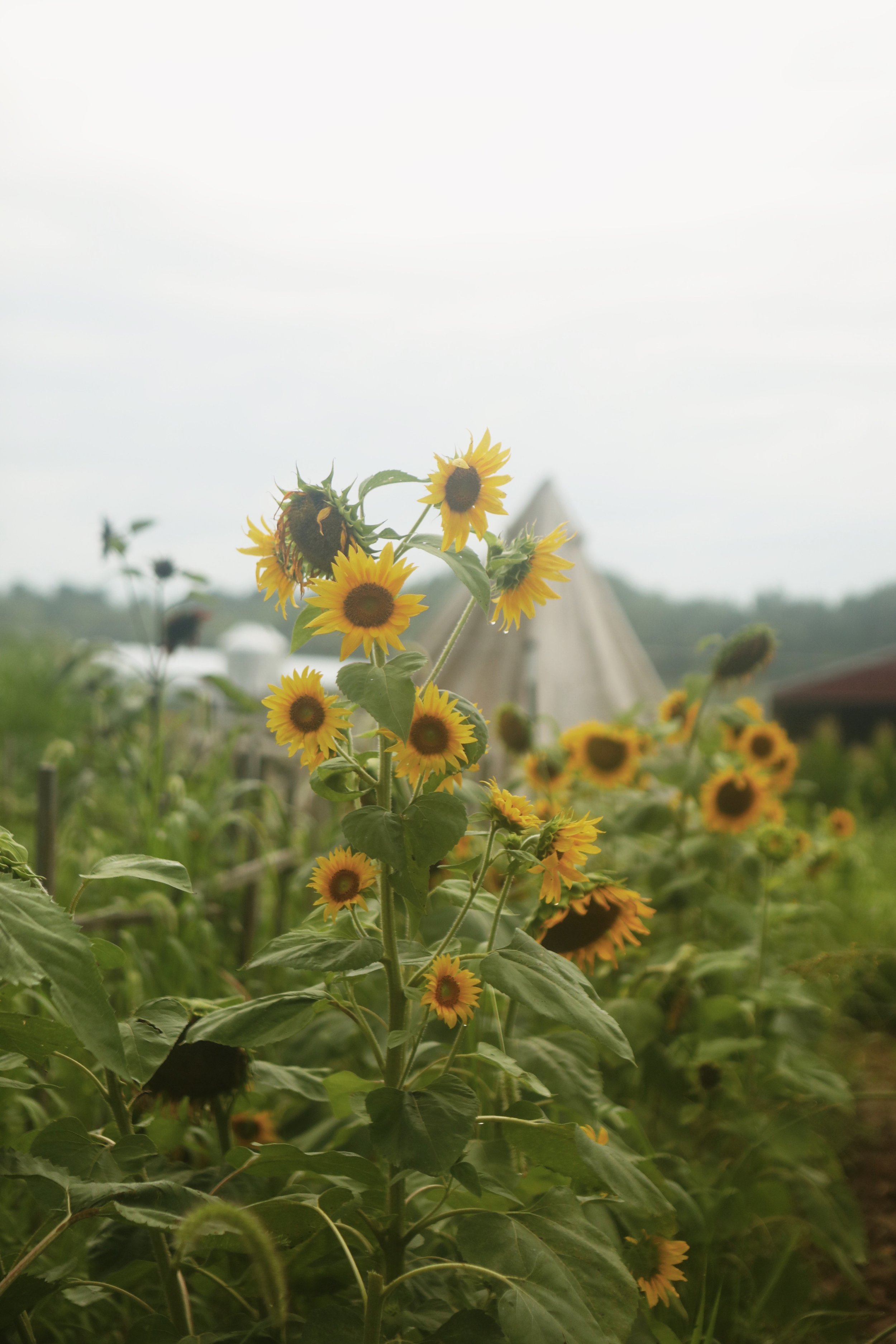The Gardener’s Creed
Ben Ashby
I believe that a human’s greatest confidence and pride come from tending the earth, in a give and take that is abundant in giving, more than taking.
I believe that hard work and attunement to the seasons require patience, restraint and response to nature that build resilience and a kind character.
I believe that gardening nourishes the mind, body and soul, giving to our families what they most need: honest food, quiet harmony with nature, and small challenges to overcome.
I believe that my children are learning lifelong skills and lessons that will indelibly inspire them and shape their future, and those after them.
I believe that the best things in life are indeed simple and free: the scent of orange blossoms covered in dew, the pushing of a seed through its casing, the sight of a bumblebee falling asleep on a sunflower.
I believe that reverence for that which is beyond our control makes us better.
I believe that caring for the tiny species upon whom we are irrevocably dependent, the bugs, the birds and the butterflies, requires us to live greatly and beyond the thought of ourselves.
I believe that planting a tree whose shade I will not sit in will be how I leave my mark.














